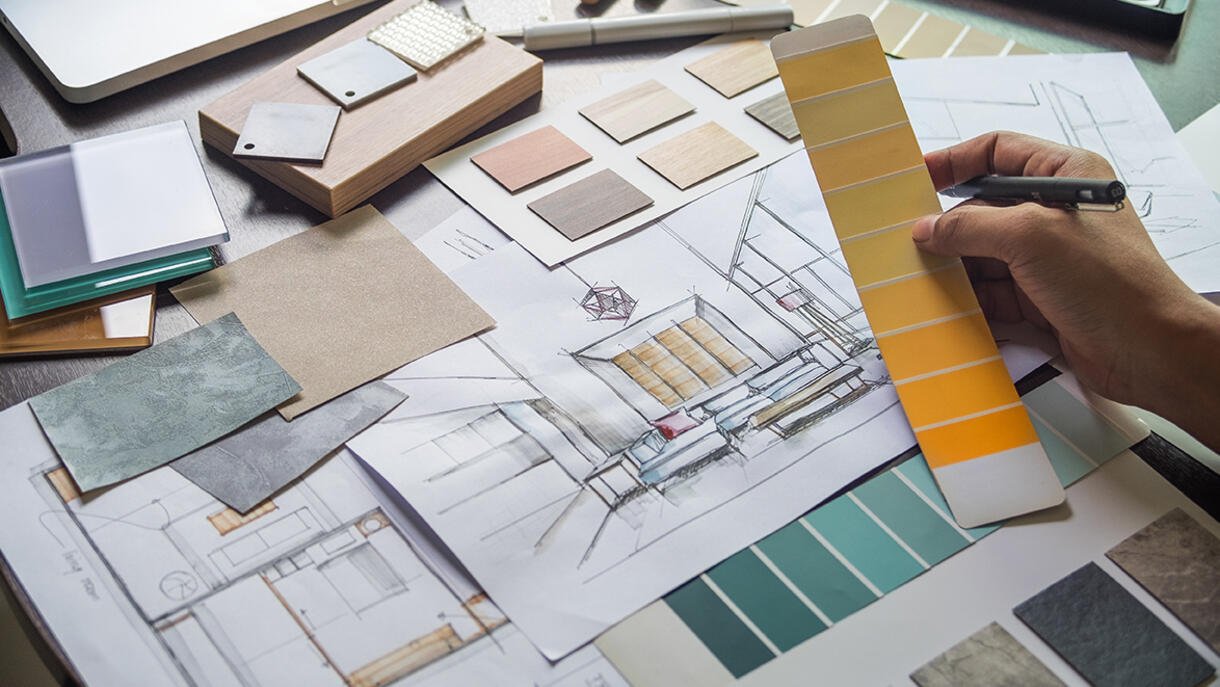Designer Business Tip – Refusing Work & Bad Advice
Today’s designer business tip is a response to a recent column from Design consultant Sean Low published at BusinessOfHome.com. In it, he answers a reader’s question about refusing work because a project might be too small. This, despite having worked with the clients before.
By now, you should know our stance on client retention, that existing and previous clients are your most valuable business assets. First, they already know and appreciate you and you know them. Second, they are much more likely to accept your project estimate and any additional, unforeseen costs that may come up. And finally, they are your best advertising for new client acquisition.
So, what is our problem with the advice given by Mr. Low?

Sean Low’s Answer Stunned Us
Before we go there, we need to get a grip on the question and who posed it. Apparently, the question was submitted by a reader with quite a high opinion of himself and the projects he does. Basically, after redoing the “whole house” in the past, he is hesitant to go small, claiming that “One even asked me to redo a powder room ... which is not really what I do.”
Unsurprisingly (to us at least), Consultant Low quickly proceeds to feed the designer’s ego by telling him that such small projects, even for repeat clients, might damage his reputation as someone who offers “transformational change” in his work. In other words, as he says, “You risk blurring the very business you are in.”
Further, he writes, “Third, and most important: You do not care about these small projects. And even if you did, you do not care the way some other designer will.” That is, newer, perhaps younger designers who are still trying to build their reputation.
“If you undertake large projects that offer a scale of change and impact worthy of your talent, wisdom, and experience, doing a project that does not offer that to you or your client simply cannot work. Other designers who are built for this smaller project—whether they are up and coming or if this is the work they most love (or both)—deserve this project.”
“Let your best clients pay the most and get the most from you and your firm, not the other way around.”
Our Answer is Different
As far as we’re concerned, while it may be true that your heart won’t be in it for a very small project versus a huge one, it should be for a familiar, well-paying, and valuable client.
We would also hesitate to say that accommodating such a client simply cannot negatively impact your reputation as a true change agent as an interior designer. On the contrary, it should enhance your rep as someone who absolutely believes in serving their clients and puts their needs first. All of their needs.
Additionally, small jobs like these can create opportunities to up-sell additional work or new furniture for example, or, to at least schedule a review for “freshening” other areas of your client’s home. And, for those designers who have assistant designers or juniors, it's an opportunity to pass the work off to them to create an additional income stream.
Needless to say, such a largely passive (for you as the primary) source of income could prove beneficial when we're in leaner economic conditions which is something that Sean Low completely overlooks.
Ultimately, for our designer business tip this week, the value of existing and repeat clients is far greater than Mr. Low’s “go-to” advice. Returning clients are 60-70% more likely to agree to work with you again than new clients. They are far less expensive to market to since they know and like you. And, they tell others about the great job you did for them, making them the cheapest form of advertising you will ever find!
For more deep insights and design business consulting, or for the latest and greatest luxury furnishings from Kravet and others, simply… Contact TD Fall today.
